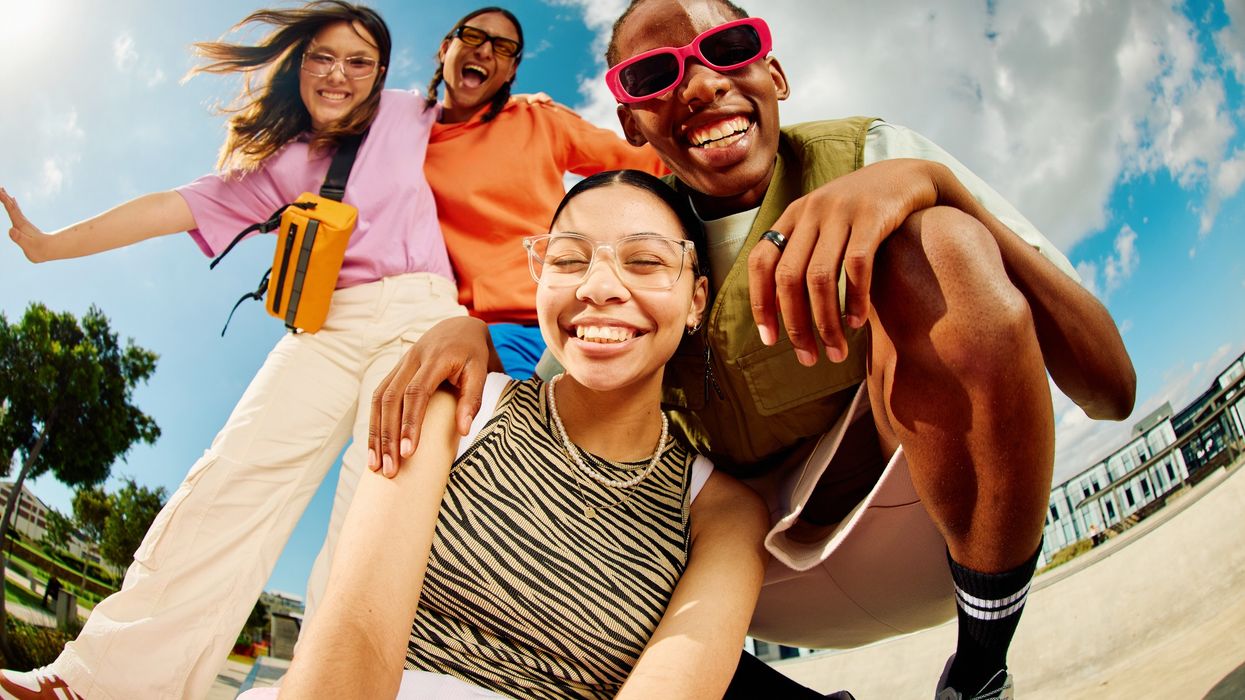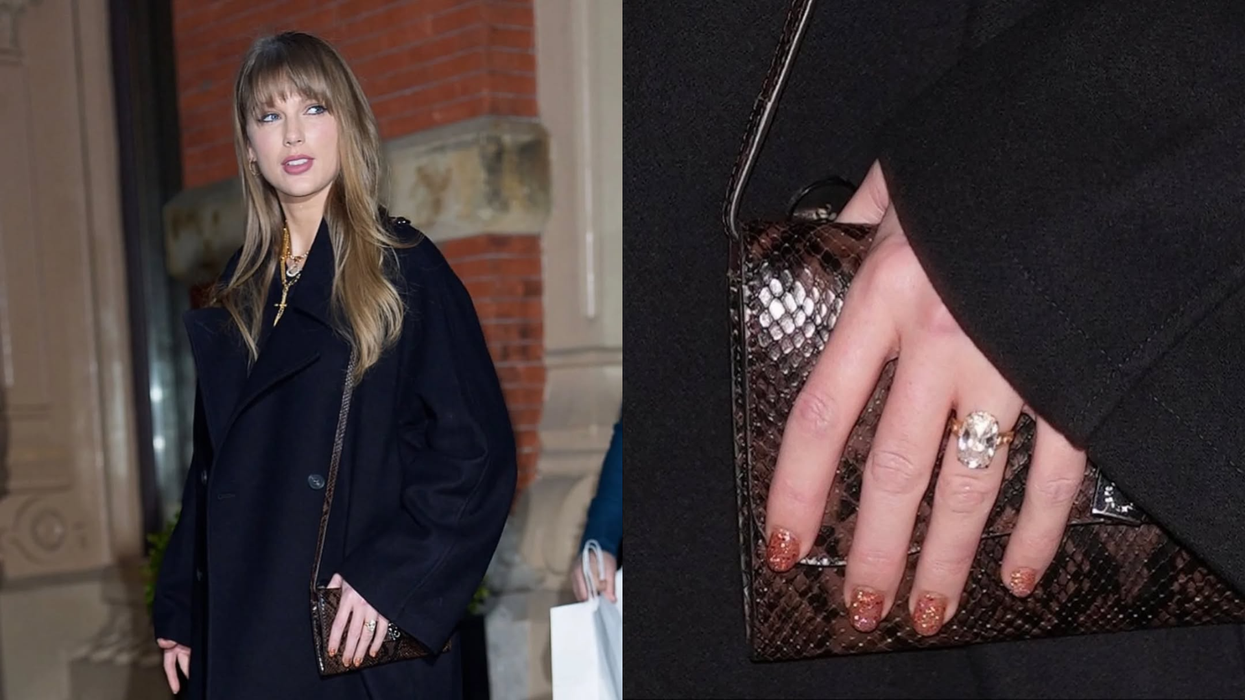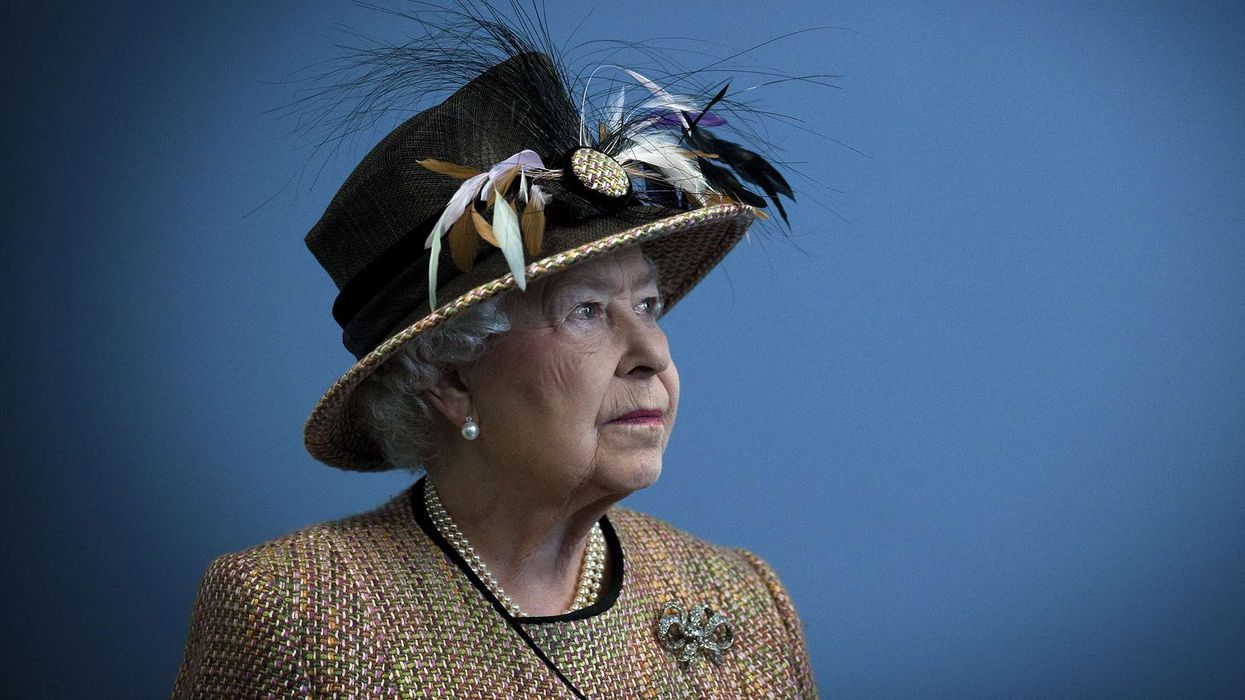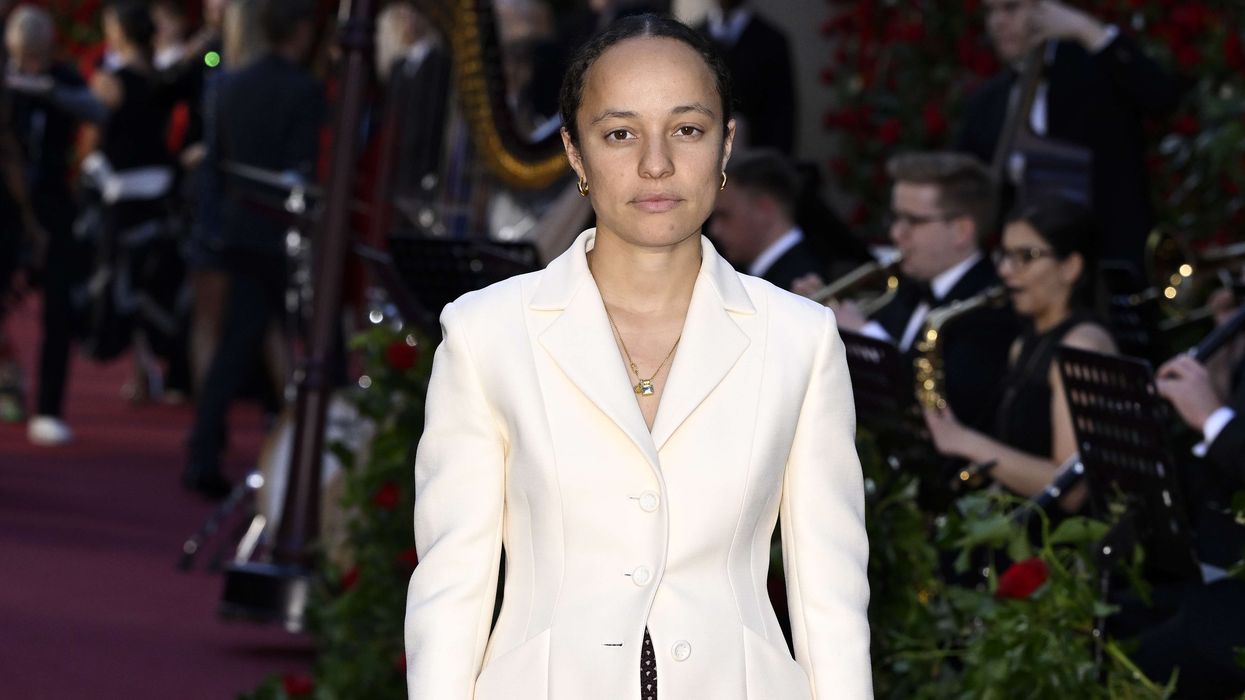Language is constantly evolving, and nowhere is this more apparent than in the lexicon of Gen Z. As the first generation to grow up fully immersed in social media, their language is influenced by memes, viral videos, and digital culture. With 2025 underway, several Gen Z slang terms have already become ubiquitous, appearing in everyday conversations, on social media platforms, and even in mainstream media. Here are 11 slang terms that have already peaked this year.
1. Delulu
"Delulu," short for "delusional," is one of the most prominent slang terms of 2025. It’s used to describe someone who holds unrealistic beliefs or makes outlandish claims. The term was catapulted into the spotlight after Australian Prime Minister Anthony Albanese used it in Parliament to describe his political opponents, referring to them as being "delulu with no solulu," which translates to "delusional with no solution." The term has since been widely adopted by young people, particularly in online communities. It’s now frequently used to poke fun at someone’s exaggerated or disconnected views on social media.
2. Rizz
"Rizz" is a shorthand for "charisma," and it refers to someone's ability to charm others, especially in romantic or flirtatious situations. The term has become an essential part of Gen Z's dating vocabulary, with phrases like "He's got mad rizz" or "She’s rizzing up everyone" becoming commonplace. This term is closely tied to the growing trend of online dating and relationship dynamics, where charm and social media persona play a significant role.
3. Sigma
The "sigma" personality is the opposite of the well-known "alpha" personality. A sigma is characterised as someone who is independent, self-sufficient, and doesn’t conform to societal expectations or norms. Unlike alpha males or females who thrive on social dominance, sigmas prefer solitude and operate outside of traditional social hierarchies. The term has gained traction in online spaces where young people are increasingly gravitating towards self-reliance and non-conformity.
4. Brain Rot
"Brain rot" is used to describe the state of being mentally overwhelmed or exhausted from consuming excessive amounts of digital content. It's particularly prevalent in discussions about binge-watching shows or scrolling endlessly through social media. Gen Z often jokes about being "brain rotted" after spending hours watching TikTok or scrolling through Instagram, highlighting how easy it is to become consumed by the constant flow of information and entertainment available online.
5. Yassified
A term that’s gained massive popularity in recent years, "yassified" refers to someone or something that has been enhanced or transformed, usually with excessive editing or glamorisation. It's often used in the context of social media influencers or celebrities who post photos heavily edited to enhance their appearance, or when someone gets an over-the-top makeover. The term ties into the beauty standards and image-consciousness that are amplified by social media platforms.
6. Mid
"Mid" is shorthand for "middle," but it’s used to describe something that’s considered average, underwhelming, or unimpressive. If something is labelled as "mid," it means it doesn’t stand out or live up to expectations. For instance, "That movie was so mid" or "The party was mid." It’s a dismissive term often used to critique various aspects of popular culture, from films to food.
7. Unhinged
"Unhinged" describes behaviour that is wild, unpredictable, or completely out of control. It is often used to describe actions that are erratic or exaggerated, whether in response to an emotional outburst or a spontaneous, irrational decision. For example, "She’s being unhinged right now" or "His unhinged rants are all over social media." The term conveys a sense of complete abandon, often in a humorous or dramatic context.
8. Flex
To "flex" is to show off, often by flaunting one's achievements, possessions, or status. While it originally referred to physical muscles, the term now is mostly used to describe the act of boasting about something materialistic, like a new car, an expensive handbag, or a lavish holiday. Gen Z regularly uses the term in a tongue-in-cheek manner, both to express pride in their accomplishments and to call out others for excessive boasting. For instance, "She’s just flexing her new sneakers."
9. Drip
"Drip" refers to someone's fashion style, particularly when it’s on point. It’s a term used to describe clothing, accessories, or overall aesthetics that are stylish, trendy, or eye-catching. The phrase "That outfit is straight drip" is common in Gen Z conversations, especially on platforms like Instagram, where style and image are paramount.
10. Ghosting
While not a new term, "ghosting" remains a central part of Gen Z's vocabulary. It refers to the act of suddenly cutting off all communication with someone without any explanation, particularly in romantic or social situations. The rise of online dating apps and social media interactions has made ghosting a widespread phenomenon, and it’s frequently discussed in the context of online relationships.
11. Caught in 4K
To be "caught in 4K" means to be caught in the act of doing something wrong or embarrassing, with undeniable evidence. It’s a digital-age version of "caught red-handed," with "4K" referring to the high-resolution quality that captures every detail. The term has been widely used on platforms like TikTok and Twitter, especially in viral videos where individuals are caught doing something questionable.
Bonus: Period
"Period" has taken on a new life in Gen Z slang, becoming a definitive way to end a statement. While the word traditionally marks the end of a sentence in grammar, in Gen Z slang, "period" is used to emphasise that a point has been made without room for debate or disagreement. It's akin to saying "end of story." Often, you'll see the term extended to "periodt" for extra emphasis, as in "That’s the best song ever, periodt!" It’s a confident, assertive way of making a statement and has found its place in conversations on social media and in real-life discussions.
As the year progresses, it’s likely that these expressions will continue to evolve, with new phrases quickly emerging to replace those that have already reached their peak. It’s a dynamic, ever-changing lexicon, and one that reflects the rapid pace of life in the digital age.







 He says: "There’s something incredibly empowering about finishing a solid back workout"AMG
He says: "There’s something incredibly empowering about finishing a solid back workout"AMG He says: "I think health and wellness are fundamental aspects of life that don’t necessarily require fancy gadgets or apps"AMG
He says: "I think health and wellness are fundamental aspects of life that don’t necessarily require fancy gadgets or apps"AMG My grandfather is my ultimate inspirationAMG
My grandfather is my ultimate inspirationAMG He says : "Without a doubt, it would be Tom Cruise"AMG
He says : "Without a doubt, it would be Tom Cruise"AMG






